Every Friday night, my family and I sit around our Shabbat table in Brooklyn eating warm and flavorful Syrian foods that were passed down from my ancestors. If it weren’t for their long road to America, our food culture would have never lived on.
At nineteen years old during the 1930s, my Jewish great-grandmother, Terra Shayo, who I called Sitoh in Arabic, escaped French Mandate Syria with her family after her father was stabbed and killed in Aleppo.
The French held control of Ottoman Syria, where my family lived, as well as Lebanon, Alexandretta, and portions of southeastern Turkey under the Covenant of the League of Nations that put southeast Ottoman Syria (Palestine and Transjordan) under British control after World War I. But, since the British government issued the Balfour Declaration in 1917, declaring their support for a national home for the Jewish people to be established in Palestine, anti-Semitism had been on the rise. The declaration was heavily criticized—concerns with the growing Zionist movement and displacement of Palestinians were consistently cited—and Arab Syrians took issue with the declaration because Jews would have a state of their own while they were still controlled by the French mandate.
Feeling as though they were no longer safe in French Mandate Syria, and with America ruled out after governing bodies believed Jews could threaten national security, Sitoh’s family started a new life in British Mandatory Palestine with nothing but their traditions and the clothing on their backs.
My great-grandfather, Ezra Sitt, an orphan raised by his grandmother after his parents died at a young age, followed my Sitoh to British Mandatory Palestine in the 1930s. Reminiscent of Romeo and Juliet, my grandfather’s family was opposed to him marrying my grandmother because they were wealthy and her family was poor. Star-crossed lovers that they were, Terra and Ezra decided to privately elope. Thankfully, they survived to tell their tale and created generations to come.

Terra and Ezra had five children—including my grandmother, Bonnie Sitt Azoulay—and owned a successful supermarket near their home in Tel Aviv. Even though they didn’t live among any Sephardic Jews, they were steadfast in keeping their traditions—especially their Syrian recipes. Some of their favorites included samboosak (cheese-filled dough with sesame seeds), lachmagine (ground meat with oot or temerhindi on dough), mechshe (vegetables filled with rice and meat), keftes (Syrian meatballs), yebreh (grape leaves stuffed with meat and rice), and kibbeh (fried bulgur dough stuffed with meat).
All of these dishes are products of Syrian agriculture, or were passed down by Sephardic Jews who escaped to Syria after expulsion from countries including Spain and Italy after the Spanish Inquisition in 1492. For example, spices like tamarind, cumin, rose water, and za’atar, and locally-grown foods like grape leaves, sesame seeds, apricots and almonds, were incorporated into these recipes—Syria is known for its luscious apricot and almond trees.
Buttery calsones (which were named after the loose-fitting pants Italians wore) and samboosak were adapted from Italy and Spain. Since the 1400s, though, these recipes have changed. For example, Syrian samboosaks are no longer circular or triangular; they’re now shaped as half-moons and pinched at the edges in twists. Sesame seeds were also added to the recipe in Syria. Calsones, on the other hand, are the Syrian version of stuffed ravioli. In Italy, Jewish Sephardic Italians would wrap sausage in dough and deep-fry it. Jews, however, substituted meat for cheese since they ate kosher. And when they came to Syria, oil was less abundant, so calsones turned into boiled pasta.
But the reason Syrian Jews cooked their meat with rice and stuffed the mixture in vegetables, however, had nothing to do with Syrian agriculture—it was simply cheaper that way. Nowadays, in America, we still cook mechse—no longer out of need, but out of tradition.
Additionally, there are Syrian foods served during special occasions because of their symbolism. For example, mlebas (sugar-coated almonds, which we call lebbes today) and kaak bil loz (mini crunchy sesame bagels) are eaten at engagements, bridal showers, and bar mitzvahs to symbolize happiness and luck. Mazza, (small meat appetizers)—like savory, torpedo-shaped kibbeh, and tangy, round-shaped lachmagine—are only served over Shabbat because they’re considered fancier foods. Some believe the word “mazza” comes from the Italian word “mezze,” meaning “half,” which describes its small portions. Others suggest it’s from the Arabic word “d’mazza,” meaning “to enjoy in small bites,” or Spanish “mesa,” meaning “table,” which references how these appetizers cover the table.
My great-grandparents made a life for themselves in Israel—before and after it was an official state—but like in Syria, they also weren’t entirely safe there. Before my grandmother left at sixteen years old to the Philippines to live and work with family friends and then to America in the early 1960s, she describes a time when her family would run from bombs flying over their home during tensions with Britain before Israel became a state. By then, there was already a Syrian community established in Brooklyn, New York. After arriving at Ellis Island, Syrian Jews began moving to the Lower East Side in 1903 (the Jewish capital of the world at the time) before forming a community in Brooklyn, which now boasts over 60,000 Syrian Jews, myself included. The first generation of Syrian immigrants established two synagogues in Bensonhurst, Ahi Ezer and Magen David, which are situated in South Brooklyn where the majority of the members of the community currently live.
My great-grandparents and their children eventually followed my grandmother to America, where they settled on Ocean Parkway in Brooklyn. There were already many Syrian synagogues, schools, kosher supermarkets, and community members they previously knew from Aleppo living there. My great-grandfather quickly got a job selling baby clothes with his son’s father-in-law. My grandmother enrolled at New York University to study architecture and worked for Syrians at a jewelry store in New York before marrying my grandfather, who was also from Israel. Over time, more and more Syrians migrated to Brooklyn, which meant more Syrian supermarkets, restaurants, and butcher shops sprouted up.
“By living in a tight-knit community, where everyone wants a piece of their past, our community members made it easy to get Syrian ingredients,” Orly Seton, the founder of Syrian food business Teta’s Mazza, says. Her parents were one of the last generations to emigrate from Syria in the nineties, which is when President Bashar al-Assad finally allowed Jews to leave freely. After the State of Israel was established 1948, violence toward Jews intensified and they weren’t allowed to leave—Assad didn’t want Jews to emigrate to Israel and “strengthen his enemy.” When the U.S. pressured Syria during the 1991 Madrid Conference to ease their restrictions against Jews, Assad eventually allowed immigration.
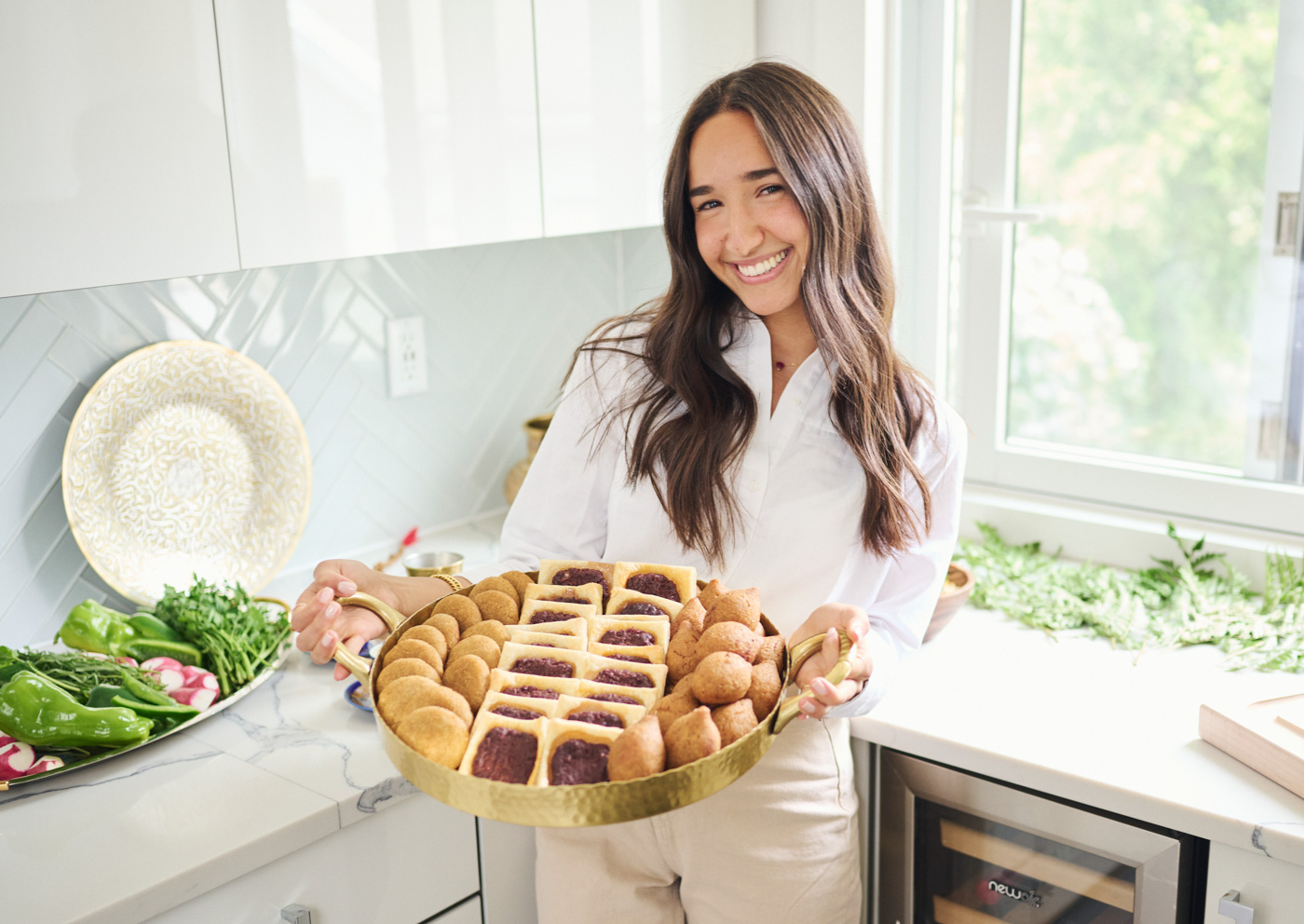
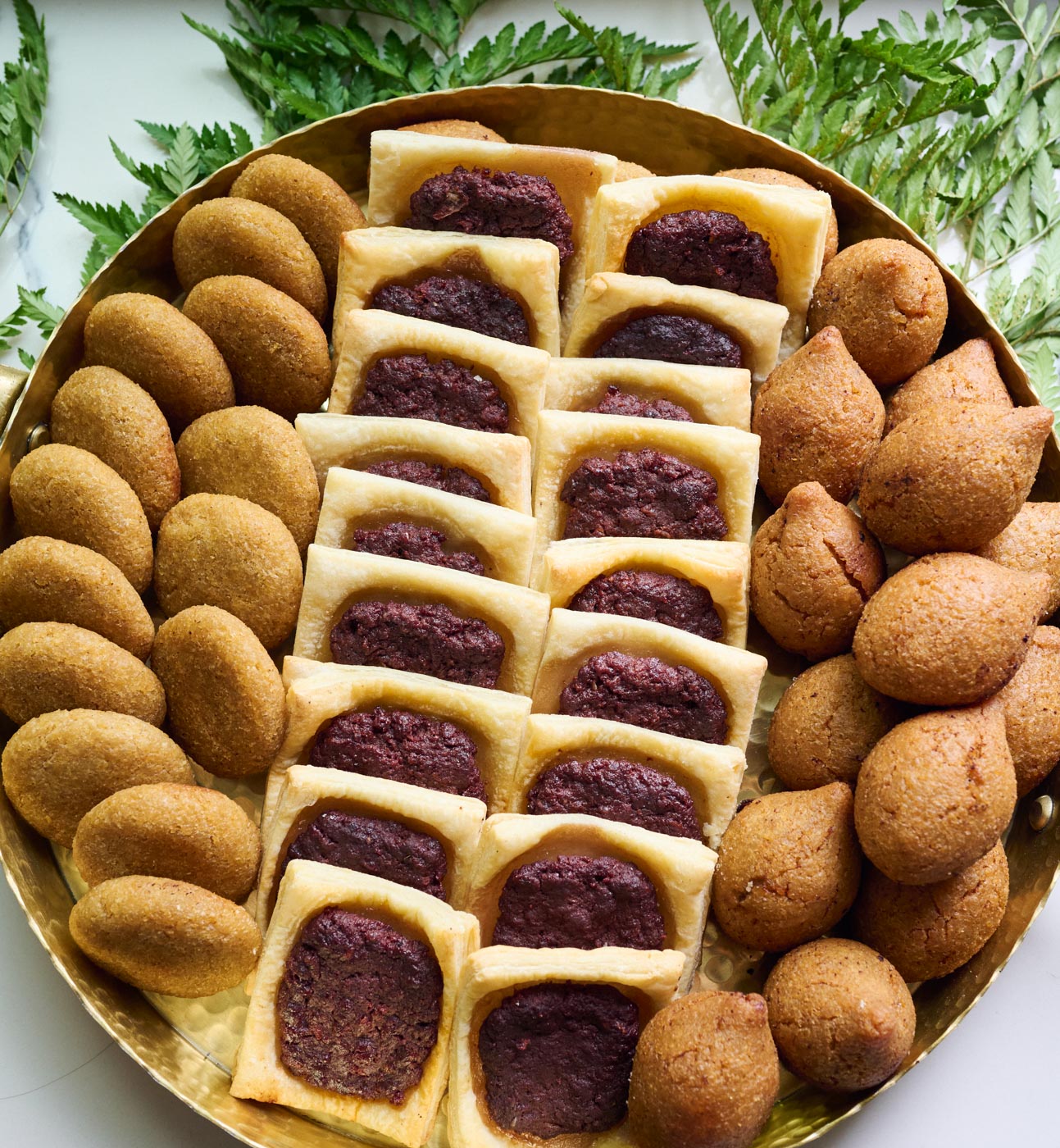
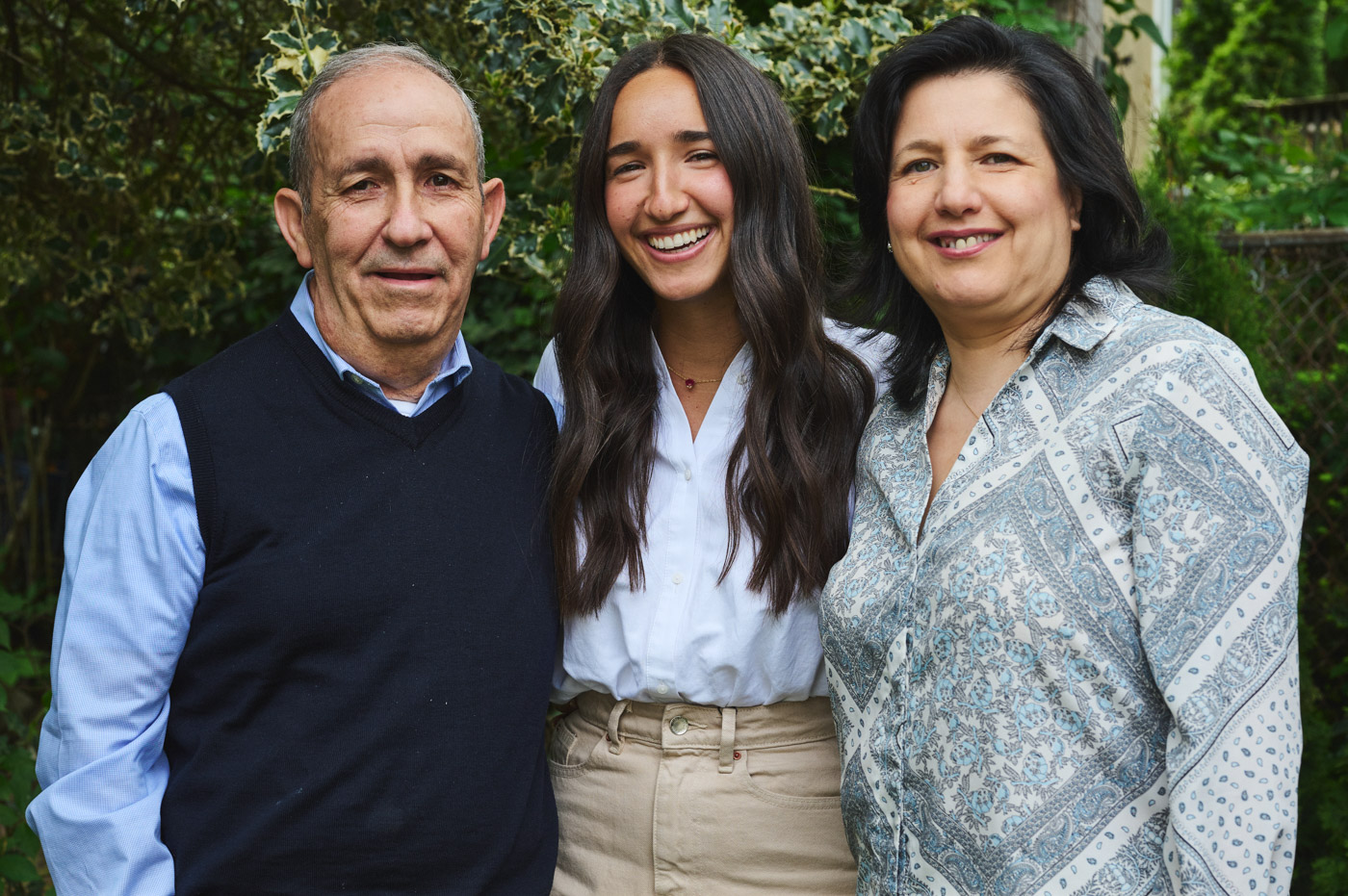

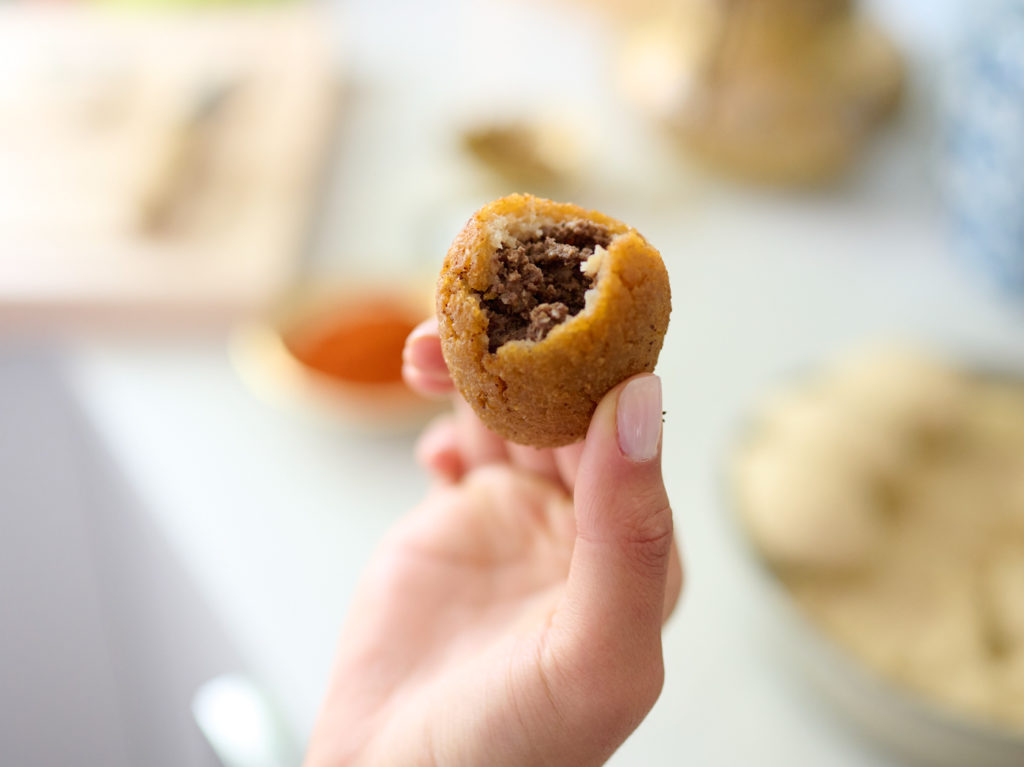
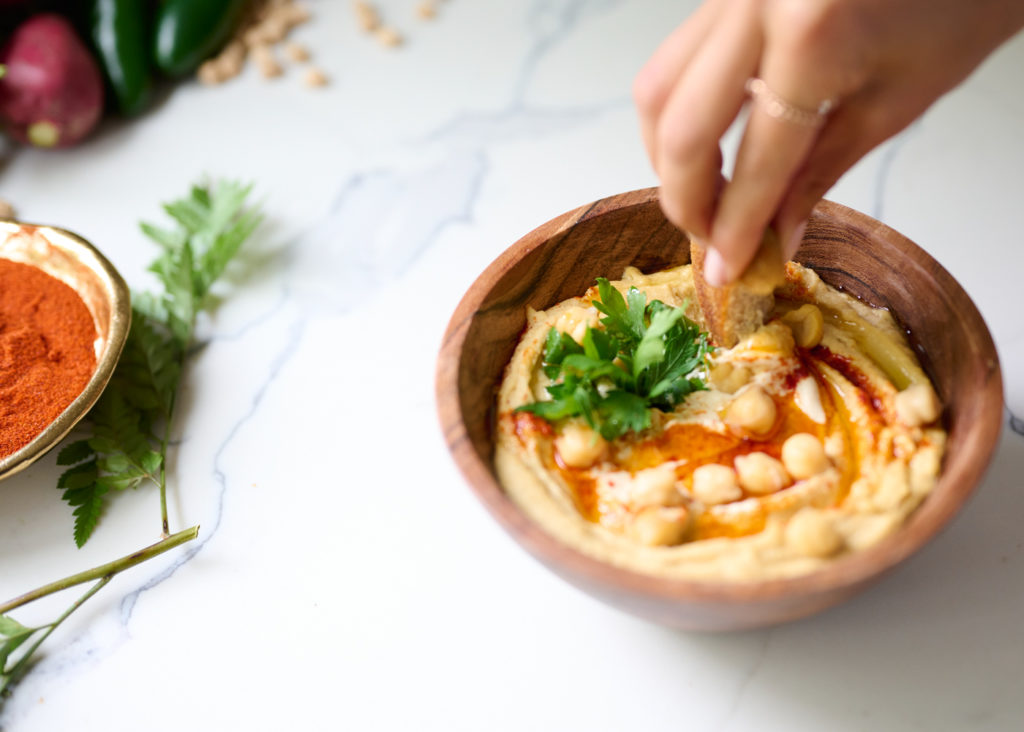
Seton explains how popular Syrian markets in Brooklyn were actually transplanted from markets in Aleppo and Damascus. For example, Chalouh Market was originally owned by Meir Chalouh on Ishle Street in Syria before he brought it to Brooklyn on Avenue U in 1994. Chalouh passed away in 2016, but his son Charles runs the store today, which is stocked with Syrian ingredients imported from the Middle East. They used to import their items directly from Syria until the ongoing Syrian civil war prevented them from doing so. Another popular Brooklyn market that once thrived in Syria is Prime Cut. The original owner, Joseph Alaham, had one of the only stores in Syria to buy only kosher meat. Now, his children own Prime Cut on Kings Highway, which supplies kosher meat to its community.
Buying dairy in Syria was and is not as easy as it is today in Brooklyn. According to Seton, for Passover, her parents milked the cows to ensure the milk was kosher. “The only kosher Syrian cheese they had year-round was brought from Halab [Aleppo],” she explains. Today, every kosher market in Brooklyn carries Syrian cheeses—including, most popularly, Syrian string cheese, a twisted string cheese seasoned with black caraway seeds.
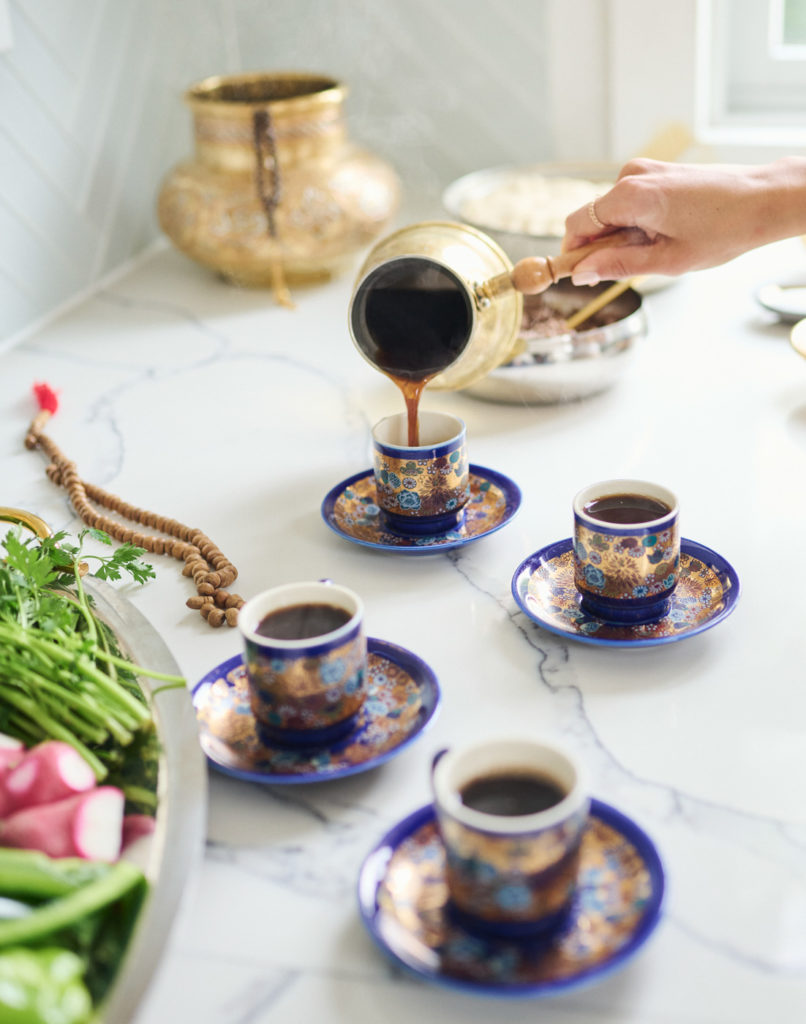
In the forties, when the first Syrian elementary school was established in Brooklyn, the younger generations wanted to leave many of their traditions behind. In Syria and elsewhere, Jews were scrutinized for their religion and culture. “They became patriotic Americans who wanted to speak English and learn English studies,” Rabbi David Azar, a historian at the Sephardic Heritage Museum, tells me. Eventually, community elders decided the kids would learn Hebrew studies.
The one tradition that was never up for debate? Cooking and eating Syrian food. It was just too good to replace with American food. Sure, Syrians started eating pizza at school for lunch, Azar says, but they always made sure to serve some with za’atar or to make some on pita bread.
When Syrians migrated to America, though, they didn’t only open Syrian marketplaces. Over time, especially beginning in the twenty-first century, Syrians were opening kosher pizza stores, sushi shops, frozen yogurt chains, and Italian restaurants. Just like much of the world, we started adapting our tastes to Western culture. Still, there were Syrian catering companies that made Syrian food for special occasions.
Groundbreakingly, first-generation Syrian-American Poopa Dweck, an expert on Aleppian Jewish cooking, created a cookbook in 1985 called Deal Delights Classics, which became a household staple, including in my own home. Standard Syrian recipes passed down from generation to generation were finally strung together in one place. The book even converted old measurements like Syrian “glass jars” into American “cups.” Then, in 2007, Dweck released a more modern Syrian cookbook: Aromas of Aleppo: The Legendary Cuisine of Syrian Jews. There were also many Syrian immigrant women in Brooklyn selling fresh k’aak, samboosak, and other Syrian delicacies that were time-consuming or tedious to make.
Most women these days don’t make their own mazza—especially since there’s no shortage of pre-made mazza to buy. Even my Syrian grandmother, who’d spend a full day with her sisters rolling kibbeh and forming samboosaks to stock in her freezer for months, stopped making her own mazza years ago. Most Syrian catering businesses don’t even roll their own kibbeh anymore. Instead, they use a kibbeh-making machine that gets the job done. (Although Seton, who rolls her own kibbeh with her parents, says she can taste the difference between handmade and machine-made kibbeh.)
With the rise of Instagram, many individual sellers, including Seton, started promoting their mazza online. You no longer have to rely on standard catering companies when women have large-scale mazza operations in their homes. Everything, of course, is homemade. From Marlene’s Mazza and Rosette’s Gourmet Mazza to Mazza Queen and Stephanie Esses Appetizers, there are first- and second-generation women working tirelessly to give their customers an authentic Syrian cuisine experience.
Syria may be in ruins today, but Syrian Jewish traditions will never die as long as there is a community in Brooklyn perpetuating our food culture into the hearts (and stomachs) of generations to come.





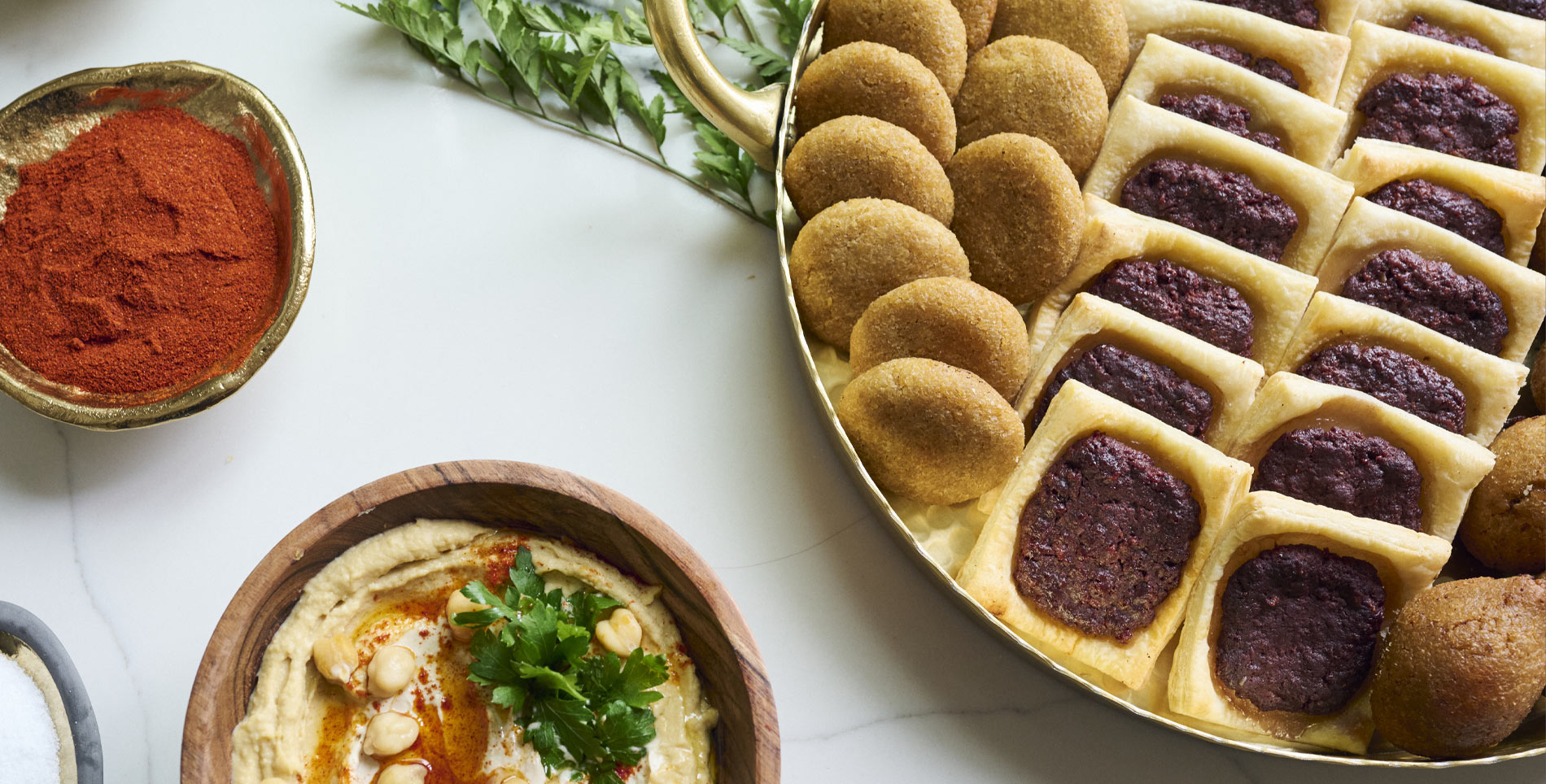

Our comments section is for members only.
Join today to gain exclusive access.